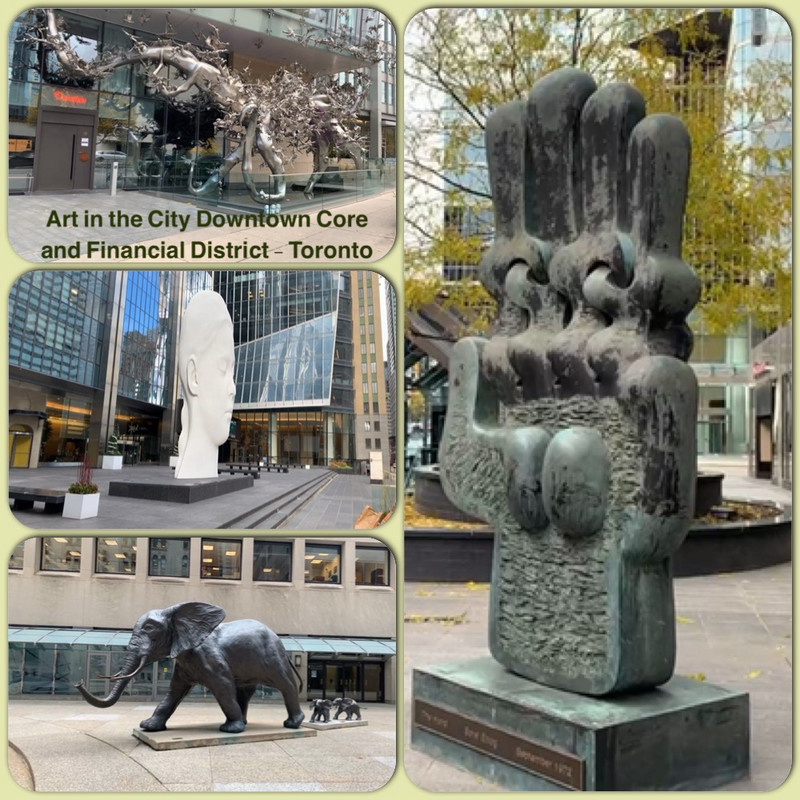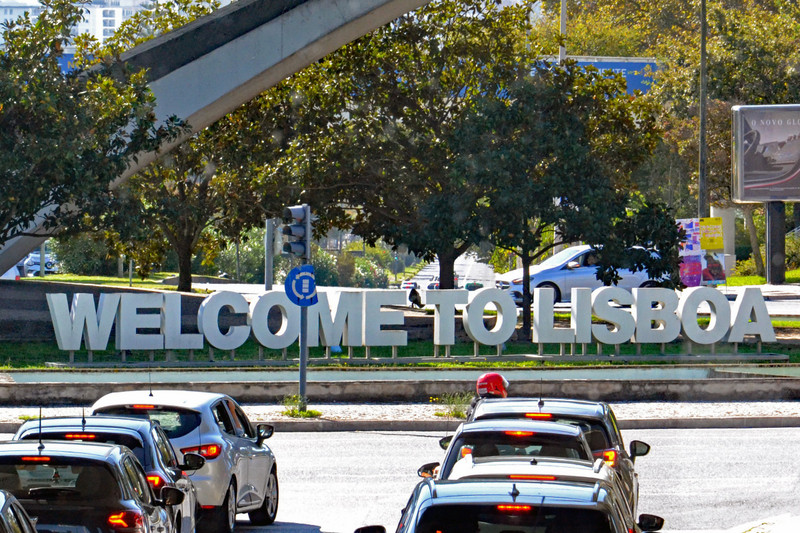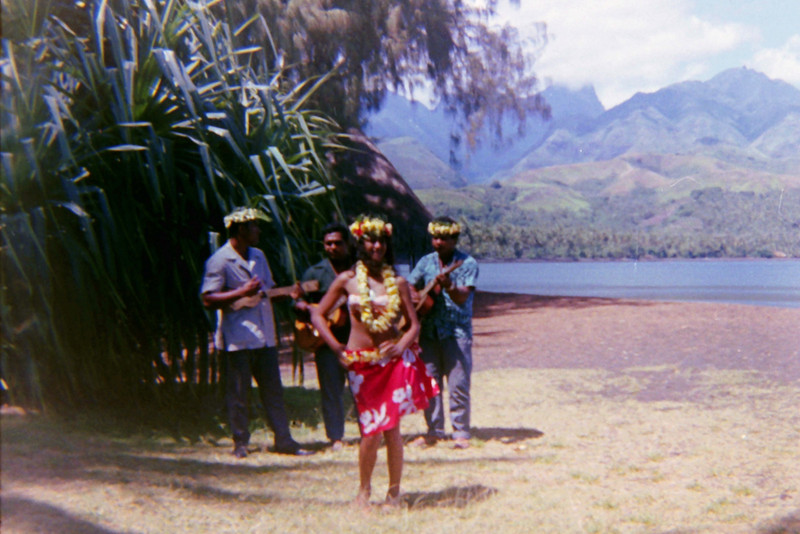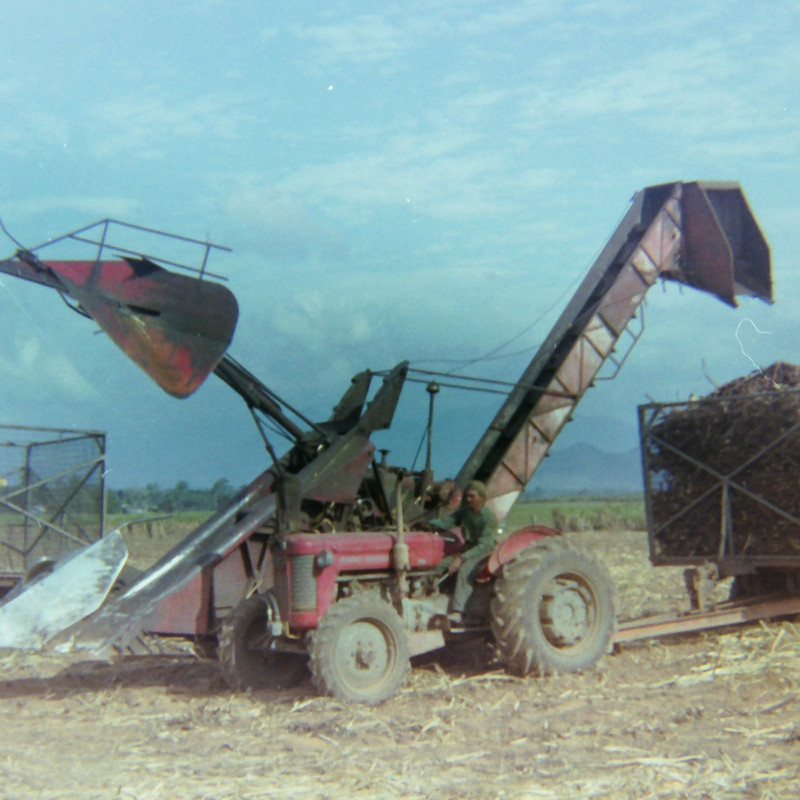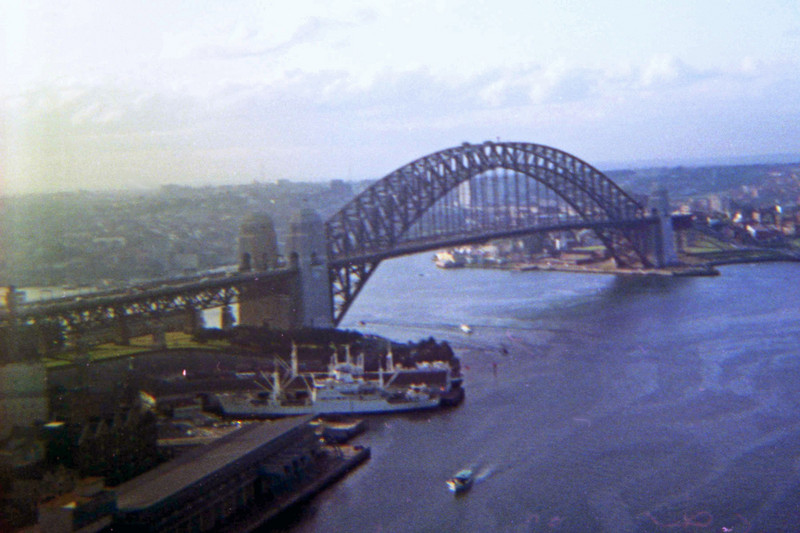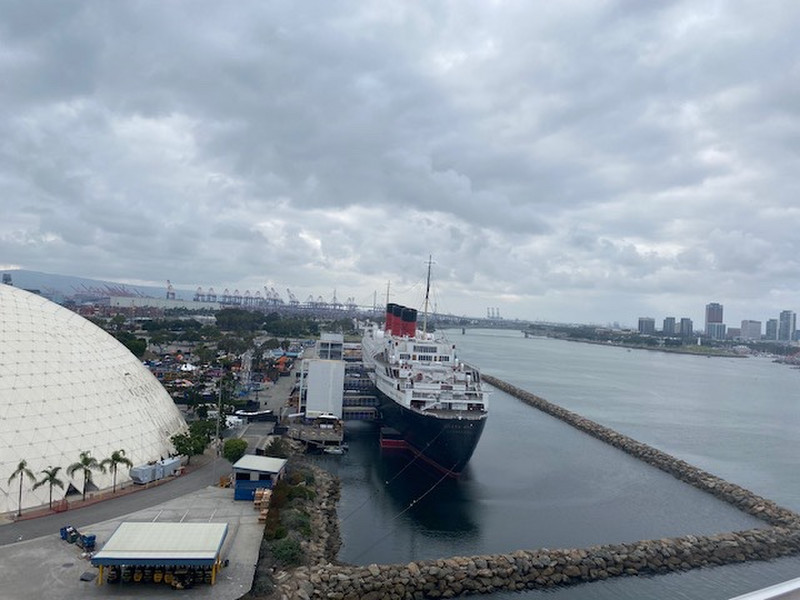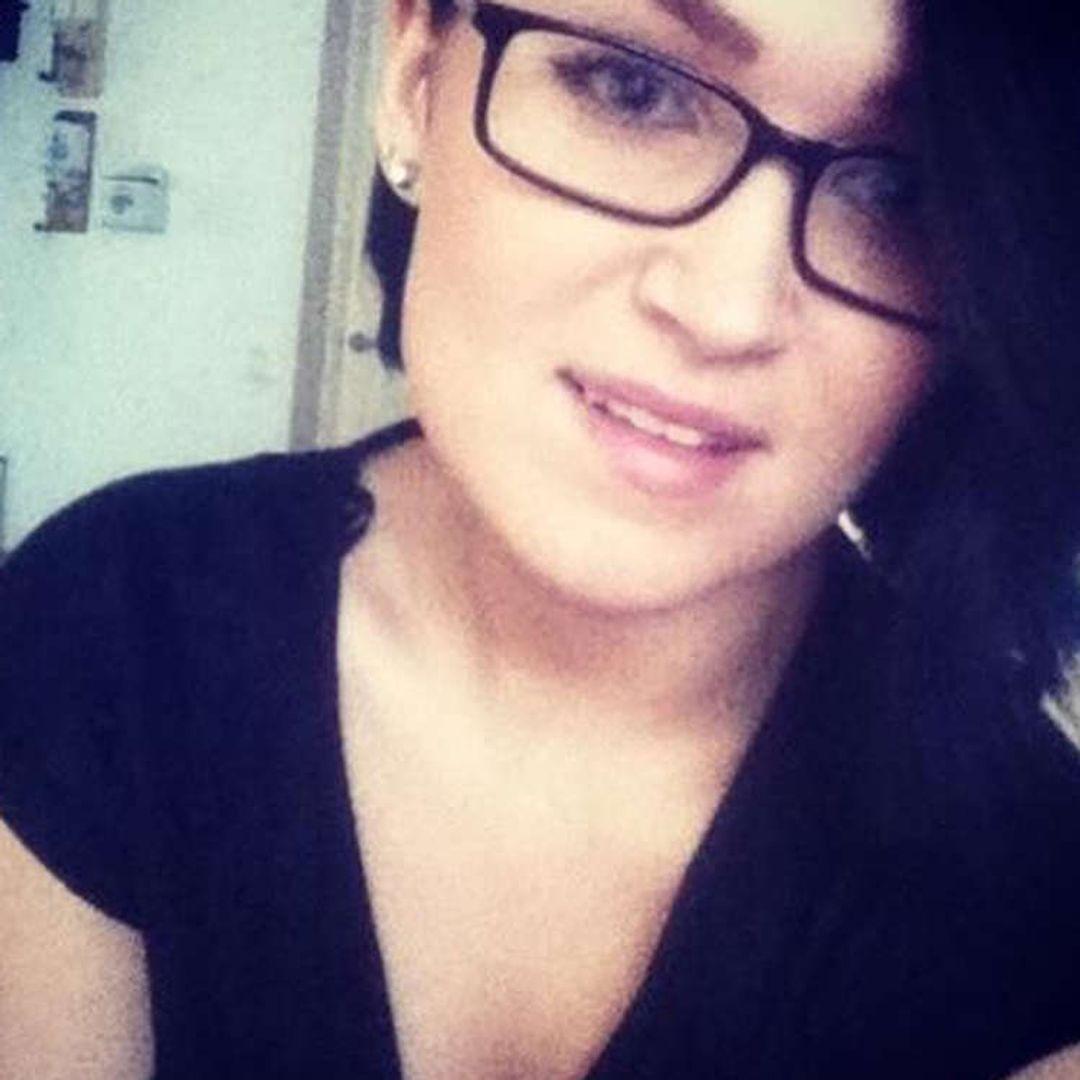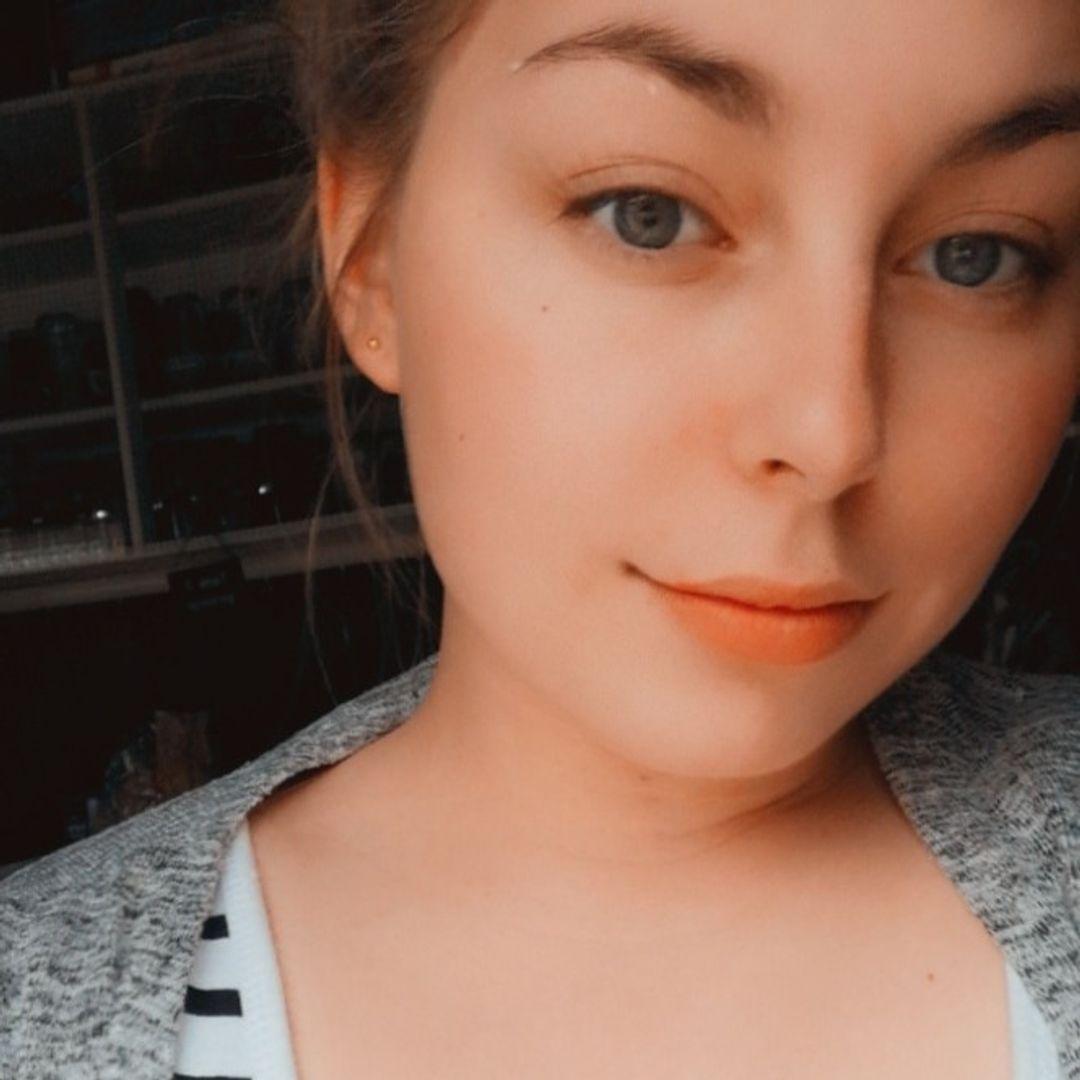My first tour with Jane and found it so interesting I wanted to learn more about the various art pieces.
I hope that parts 1 & 2 are repeated, in the meantime look forward to the next,part of Torontos to discover.
The striking sculpture — Zhangs first public in Canada peace pigeons moving up the buildings facade and twisted tree branches that are meant to resemble the body of a dragon
The Pasture, by the Canadian sculptor Joe Fafard was installed in 1985. It provides a stark and pastoral contrast to the urban landscape so familiar to city dwellers and is meant to be a reminder of the vast forgotten country that sustains us.
The piece is by Derrick Stephan Hudson, who was born in the UK, grew up in Canada Tembo (the Swahili word for elephant) depicts 3 elephants, a mother and 2 calves, walking towards the large fountain in the middle of the courtyard. Hudson endeavours to raise awareness about animal conservation through his work, which focuses on wildlife forms in bronze, silver and stone.
The sculpture is a cast stone portrait of a young girl with her eyes closed. It is made of white marble and resin and sits on a base that serves as a public bench.
On the back of the Flatiron Building the mural created in 1980 utilizes a art technique known as which translates to ‘deceive the eye. The whole piece is a beautiful optical illusion that appears as if the mural is a piece painted on fabric and hastily pinned on. The edges around the mural, where it appears to be fluttering, always makes a person look twice to make sure its a part of the painting itself.
Behind the Flatiron building is the beautiful Berczy Park with its famous fountain featuring cast iron statues of 27 dogs and 1 cat. The fountain was part of a revitalization project and features the dogs all looking up at the top of the fountain, which has a giant bone displayed in it.
land examines how artists document loss. It proposes as a method for working through grief, and examines how collective conversations about loss in public space can lead to healing. From Glenna Cardinals and Carolina Caycedos mourning of land, to Anique Jordans work on Black grief and remembrance, Amber Webbs memorial to missing and murdered Indigenous women and girls, and a participatory altar by the Day of the Dead Collective, this exhibition explores grief through a myriad of themes and forms. Set in a public space, it works to demonstrate the power of collective mourning in the personal and the political.
Travelmates near
